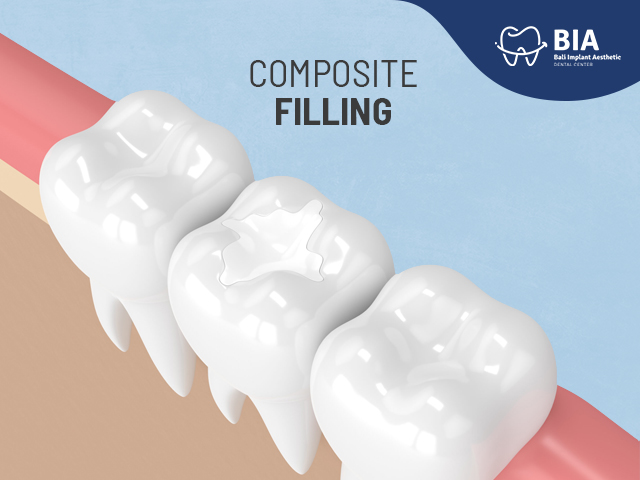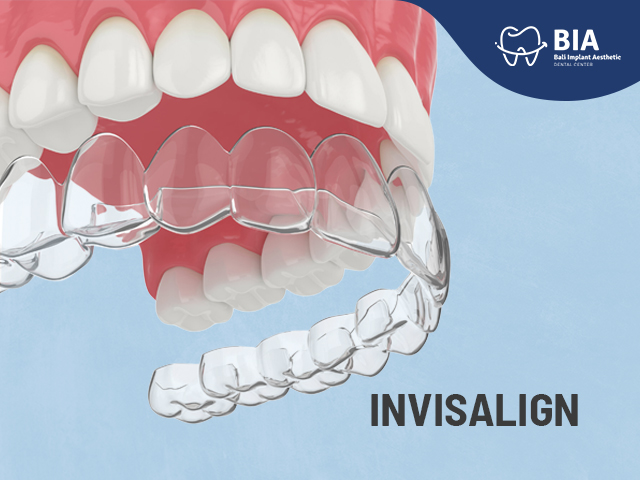Tooth Fairy and Throwing Baby Tooth, A Myth About Childrens Teeth
Article | 2021-09-07 01:53:50
Home » Articles » Tooth Fairy and Throwing Baby Tooth, A Myth About Childrens Teeth
Tooth Fairy and Throwing Baby Tooth,
A Myth About Children's Teeth.
Childhood is a beautiful time, where children are attached to fairy tales, imagination, and myths about other magical things, and the myth about the tooth fairy is no exception. Quoted from Wikipedia, the tooth fairy is a fantasy figure for children at an early age who is popular in the United States and is also believed in many other countries. According to legend, when a child's tooth falls out or is extracted, the missing tooth is placed under a pillow and the tooth fairy will exchange it for money. In fact, the parents of the child who lost its tooth exchanged the tooth for money. This is done as a motivation so that children are not afraid to lose their baby teeth when it is time to fall out. Until now, children's beliefs about the tooth fairy are still popular in many countries. The myth of the tooth fairy and the ritual of putting lost baby teeth under the pillow is a belief in which a child grows up because their lost baby teeth will be replaced by permanent teeth.
In addition to the myth about the tooth fairy, in Indonesia itself a myth that is widely believed and is still widely practiced by people is throwing a child's baby tooth out. Baby teeth that have fallen out or have just been extracted will be thrown or thrown up for the lower teeth and down for the upper teeth. According to many people's belief in this myth, this is done so that the replacement teeth can quickly grow to replace the baby teeth that have fallen out, so that the child will soon grow up. In fact, the ritual of throwing one's teeth up or down will not affect the eruption of one's permanent teeth. Although many people already know about this fact, until now many people are still practicing it to motivate their child not to be ashamed of losing their teeth because their permanent teeth will soon grow.
The myth of the tooth fairy and the throwing of baby teeth are just myths that are popular in the community to maintain the imagination of children. These myths have nothing to do with how quickly or slowly a child's teeth develop. Milk teeth usually fall out for the first time at 6-7 years old. Signs of baby teeth that are due to fall out or be extracted include:
Loose baby teeth
The erupted permanent teeth already visible near the baby teeth
X-ray examination of the teeth will show the roots of the baby teeth that have been resorbed and permanent teeth that are ready to erupt appear.
The order of eruption of permanent teeth is as follows:
Lower molars or molars (6-7 years old)
Maxillary molars (6-7 years old)
Lower front incisors (6-7 years old)
Maxillary incisors (7-8 years old)
Lower canine teeth (9-10 years old)
Small 1st molars or 1st premolars (10-11 years old)
3rd molars or maxillary and mandibular 2nd premolars (10-12 years old)
Canines (11-12 years old)
2nd molars (12-13 years old)
It should be noted that not all children develop permanent teeth according to the eruption time explanation above. There are several factors that affect the eruption of a person's permanent teeth late or even not growing at all, namely:
Local factors: injury to the baby teeth, tumors on the teeth, baby teeth falling out prematurely, impacted teeth, growth of teeth outside the jaw arch (ectopic), and gaps or clefts in the mouth.
Systemic factors: malnutrition, vitamin D deficiency, endocrine hormone-related diseases, cerebral palsy, and long-term chemotherapy.
Genetic factors: related to hereditary diseases.
Parents need to pay attention to the growth of their children, including their teeth. Parents should take their children to the dentist regularly to know the development of their children's teeth. The dentist will carry out supporting examinations in the form of dental X-rays to determine the arrangement of the baby teeth and permanent teeth, the position of the teeth, and any abnormalities that may occur that can affect the growth and development of the child's teeth. BIA (Bali Implant Aesthetic) Dental Center comes with complete facilities, including dental X-rays to support dental treatment, especially oral surgery by dentists who are reliable in their fields. There are several dental x-rays that can be done at the BIA (Bali Implant Aesthetic) Dental Center, including: Periapical, Panoramic, Cephalometry, and even 3D CBCT, which of course will support examination, diagnosis, and assist dentists in determining the best plan of action for You. BIA (Bali Implant Aesthetic) Dental Center is a trusted dental clinic near Kuta and not far from the airport. Don't let dental problems ruin your holiday in Bali, if you are enjoying the beautiful views of Ubud and unexpectedly need a dentist, the distance from Ubud to BIA (Bali Implant Aesthetic) Dental Center is approximately 35 km.
BIA (Bali Implant Aesthetic) Dental Center
Jl. Sunset Road No.86A, Seminyak, Badung, Bali Indonesia 80361.
+6282139396161
REFERENSI:
Amaral-Freitas, et al. (2019). Rare Dental Development Disturbance in Primary and Permanent Teeth Following Trauma Prior to Tooth Eruption: Case Report. Dental Traumatology.
Boka, et al. (2009). Tooth Eruption: Topical and Systemic Factors that Influence the Process. Balk J Stom 13, pp. 11–4.
Blair, John R.; McKee, Judy S.; Jernigan, Louise F., Psychological Reports, Vol 46(3, Pt 1), June 1980. "Children's belief in Santa Claus, Easter Bunny and Tooth Fairy". pp 691–694.
Wikipedia. Tooth Fairy. (accessed on August, 29th 2021)




